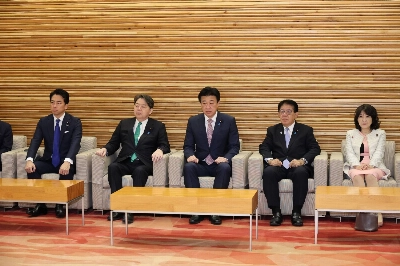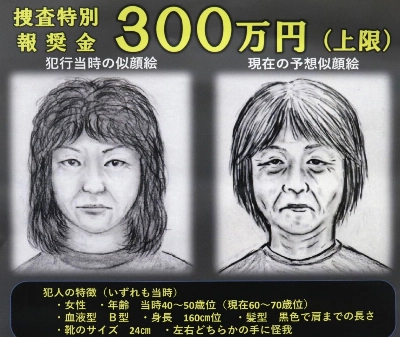Ikuo Hirayama clearly represents how the Japanese like to see — and project — themselves.
His paintings, located in the strong traditions of nihonga (Japanese-style painting), are unmistakably Japanese, but they look outwards to the rest of the world and express the spirit of peaceful cooperation and appreciation of our common world heritage that is a popular theme on Japanese TV travel programs. For this, he has been noticed and honored abroad, most notably when he was made a UNESCO Goodwill Ambassador in 1988.
This must be one reason why "Ikuo Hirayama: A Retrospective — Pilgrimage for Peace," a major show of his paintings now at the Museum of Modern Art, Tokyo, has been so well attended. Others include his skill as an artist, as well as how his career touches on themes that are central to postwar Japan's sense of itself — redemption, regeneration and respect for the past.

















With your current subscription plan you can comment on stories. However, before writing your first comment, please create a display name in the Profile section of your subscriber account page.